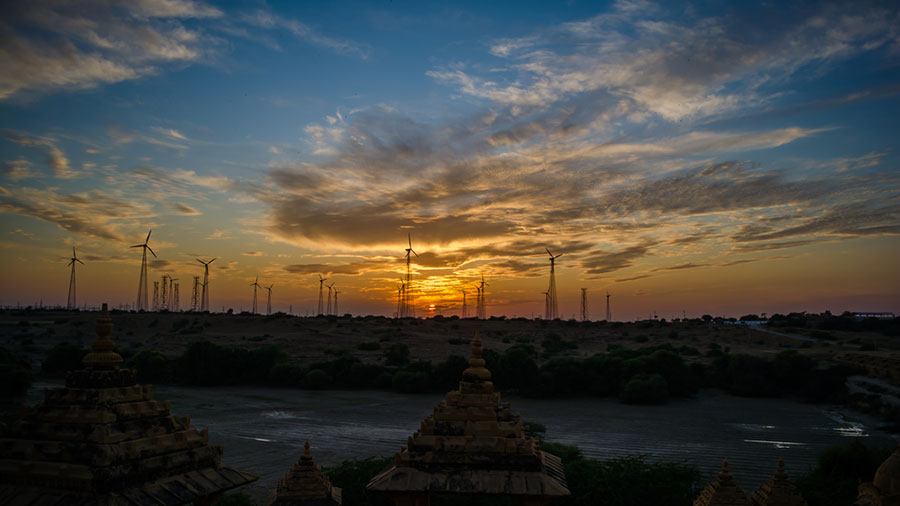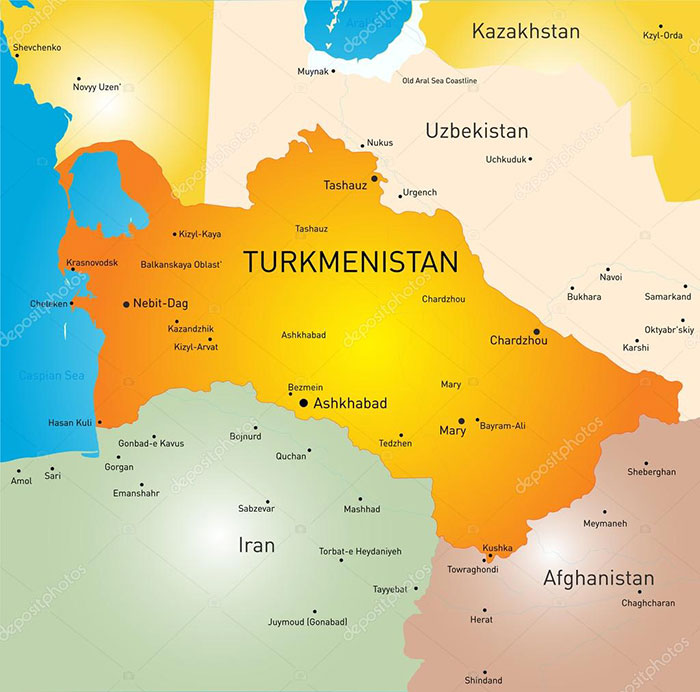Turkmenistan Eyes Wind Power Potential

70% of this strategic BRI transiting country is desert – wind power can help settle and provide energy for logistics support across Central Asia’s arid regions
Western Turkmenistan has very favorable conditions for the development of wind energy, according to regional power technology expert Serdar Mametniyazov, in an article in the Neutral Turkmenistan newspaper.
He said the average wind speed in this area, is 5–8 meters per second at a height of 10 meters, and 10–12 m/s at a height of 30 meters.
70% of Turkmenistan is covered by Desert, with the Karakum Desert the largest. Although the country is energy rich, with the world’s 4th largest natural gas reserves, the Government is keen to explore other energy-producing technologies.

The Karakum Desert, Western Turkmenistan
Mametniyazov stated that if houses are built with minimal heat losses and energy supply from renewable energy sources, the rural population of Turkmenistan’s western territory will be able to enjoy comfortable urban-type social and living conditions. Production of the locally sourced energy could also assist in revitalizing some areas, reverse desertification and increase Turkmenistan’s land productivity, thereby reducing its dependence on food imports. Turkmenistan has long held a position of neutrality and self-sufficiency.
According to Mametniyazov, wind generators with a capacity of 150–200 kW would make the task of autonomous power supply of a residential energy-saving house far more practical, and can help settle and provide support services along Turkmenistan’s developing Belt and Road Initiative infrastructure heading East to Central Asia and West to the Caspian sea, Russia, Turkey, and the European Union.

As an example, Mametniyazov noted that the total capacity of wind turbines for 80 farms would be 14 MW, generating 48.0 million kWh per year while reducing greenhouse gas emissions by 38,400 tons of CO2.
Mametniyazov emphasized that calculations show that for comfortable residence for a family of five in a 120-square meter house, designed using renewable energy sources, the total heat consumption for heating and hot water supply will be around 850 kWh / year. In this case as many as 50% of the energy can be provided through solar energy.
This will be good news for companies such as Denmark’s Vestas, currently the world’s largest wind turbine supplier, as well as numerous Chinese manufacturers such as Goldwind, Envision and Mingyang, Russia’s Rosatom and India’s Suzlon and Gamesa manufacturers. China’s Three Gorges Wind Power manufacturing business have also commenced a massive JV with Pakistan to develop turbines suitable for deployment in Central Asia’s desert and arid areas, and regional competition in this market will be competitive.
Related Reading
About Us
Chris Devonshire-Ellis is the Chairman of Dezan Shira & Associates. The firm assists British and Foreign Investment into Asia and has 28 offices throughout China, India, the ASEAN nations and Russia. For strategic and business intelligence concerning China’s Belt & Road Initiative please email silkroad@dezshira.com or visit us at www.dezshira.com





